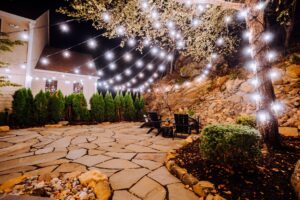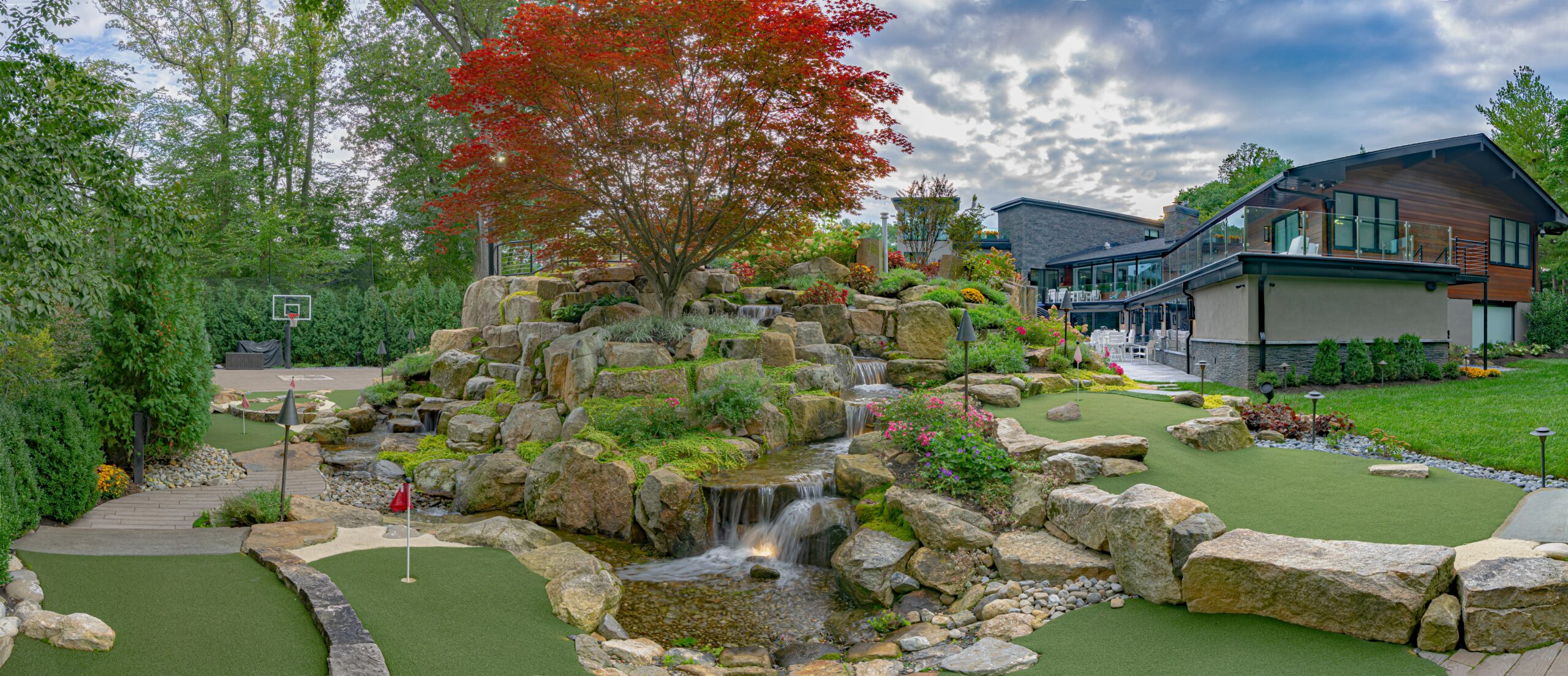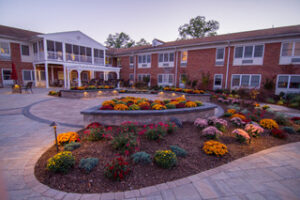Crafting Green Havens: A Guide to Creating a Sustainable Landscape Design
In an age where sustainability is paramount, adopting eco-friendly practices extends beyond our homes and into our outdoor spaces. A sustainable landscape design not only benefits the environment but also enhances the natural beauty of your surroundings. From conserving water to utilizing native plants, embracing sustainable practices can transform your outdoor space into a green haven. Let’s delve into the steps and considerations for creating a sustainable landscape design.
1. Understand Your Landscape and Climate
Before you start planning your sustainable landscape design, familiarize yourself with your local climate, soil type, and natural habitat. Understanding these factors will guide your plant selection and help you determine the most water-efficient and suitable choices for your region.
2. Prioritize Water Conservation
Water is a precious resource, and designing a landscape that minimizes water consumption is fundamental to sustainability. Consider these water-saving techniques:
- Drip Irrigation: Opt for a drip irrigation system that delivers water directly to the roots of plants, reducing water wastage. This will ensure the perfect amount of water for each plant.
- Rainwater Harvesting: Install rain barrels or underground tanks to collect rainwater. You can use this water for your plants, reducing your reliance on the public water supply.
- Xeriscaping: Xeriscaping involves using drought-tolerant plants that require minimal water. Incorporating xeriscaping principles into your design significantly reduces your water consumption.
3. Choose Native Design and Adaptive Plants
Native plants are naturally adapted to your region’s climate and soil conditions, making them low maintenance and well-suited to sustainable landscaping. These plants typically require less water and fewer pesticides since they have evolved to thrive in their native environment.
4. Promote Biodiversity
A sustainable landscape supports a variety of plants, which, in turn, attracts a diverse range of wildlife. Incorporate flowering plants, shrubs, trees, and grasses to provide different habitats for birds, insects, and other creatures. This fosters a balanced and thriving ecosystem.
5. Minimize Lawn Area
Lawns demand substantial water, fertilizer, and maintenance. Minimize your lawn space by opting for alternative ground covers or hardscaping. Use gravel, mulch, or permeable pavers to create functional areas that require less maintenance and water.
6. Compost and Recycle Yard Waste
Utilize yard waste such as leaves, grass clippings, and pruned branches by composting them. Compost enriches the soil, reducing the need for chemical fertilizers. Additionally, recycle materials whenever possible in your landscape design to reduce waste and minimize your environmental footprint.
7. Implement Energy-Efficient Lighting
If you incorporate lighting into your landscape design, choose energy-efficient LED lights. Solar-powered lights are an excellent choice for sustainable landscaping, utilizing renewable energy and minimizing your electricity consumption.
8. Practice Integrated Pest Management (IPM)
Avoid the indiscriminate use of pesticides that harm not only pests but also beneficial insects and other organisms. Implement IPM strategies, such as introducing natural predators or using insecticidal soaps, to manage pest populations effectively while preserving the ecosystem.
9. Opt for Permeable Surfaces
When planning hardscape elements like patios, pathways, or driveways, choose permeable materials. Permeable surfaces allow water to penetrate the ground, reducing runoff and aiding in groundwater recharge.
10. Educate and Involve the Community
Share your sustainable landscaping journey with your community. Host workshops, garden tours, or educational sessions to inspire and educate others about the benefits of sustainable landscape practices.
Creating a sustainable landscape design is an investment in both the environment and your lifestyle. By prioritizing water conservation, choosing appropriate plants, and embracing eco-friendly practices, you contribute to a healthier ecosystem and a more sustainable future. Start small, embrace the learning process, and watch your sustainable landscape bloom into a testament to responsible stewardship of our planet.




